Carry-on luggage is a common type of luggage container used when traveling, and it has some obvious advantages and some potential disadvantages. The following are the pros and cons of carry-on luggage.

Advantages:
- Convenience: One of the biggest advantages of carry-on luggage is its convenience. Because it is usually sized to meet airline requirements, it can be carried on and placed under your seat or on a luggage rack without the need for additional check-in procedures. This allows you to quickly pick up and store your luggage when boarding and disembarking the plane, saving time and effort.
- Security: Keeping important items, valuables and fragile items in your carry-on luggage better protects them from the risk of damage, loss or theft. You can always be aware of the safety of your luggage, avoid violent handling of your luggage and increase the security of your trip.
- Essentials at your fingertips: Carry-on luggage gives you ready access to essentials, such as passports, wallets, cell phones, medications and other important documents. You don't have to open checked luggage or wait to reach your destination to access these items, providing added convenience and security.

Disadvantages:
- Limited capacity: Carry-on luggage usually has a relatively small capacity and cannot accommodate a large number of items. This can limit your options and versatility during travel, especially for longer trips or when you need to bring more clothing and items.
- Weight restrictions: Airlines also have weight restrictions on carry-on luggage. If you fill your carry-on suitcase, you may exceed the airline's limit, resulting in the need to check in extra or pay overweight fees.
- Restrictions on liquid items: Airlines have stricter restrictions on liquid items in carry-on luggage. You must comply with requirements such as liquid capacity, container size and clear baggage. This may impose certain restrictions on carrying cosmetics, skin care products and other liquid items.
- Limited baggage protection: Compared to checked baggage, carry-on luggage usually does not have the same solid protection as a shell case. This means you need to take extra care to protect fragile items and make sure they don't get crushed or bumped in the suitcase.

What is carry-on luggage
Carry-on luggage refers to the bags or suitcases that passengers are allowed to bring with them into the cabin of an airplane. These bags are typically smaller and more portable compared to checked luggage, which is required to be stored in the cargo hold of the aircraft. Carry-on luggage is intended to be stored in the overhead compartments or under the seat in front of the passenger during the flight, allowing easy access to personal belongings throughout the journey.
Carry-on luggage serves as a convenient and accessible storage option for essential items that passengers may need during the flight, such as travel documents, electronics, medications, clothing, and personal care items. It is important to note that airlines have specific regulations and restrictions regarding the size, weight, and contents of carry-on luggage. These restrictions may vary depending on the airline and the class of travel.

The size of carry-on luggage
As a general guideline, carry-on luggage typically has maximum dimensions of around 22 inches (56 centimeters) in length, 14 inches (36 centimeters) in width, and 9 inches (23 centimeters) in depth. These dimensions include the handles, wheels, and any external pockets or compartments.
Carry-on luggage offers obvious advantages such as convenience, security and having essentials at your fingertips. However, capacity limitations, weight restrictions, liquid item restrictions and baggage protection shortcomings need to be considered when selecting and using carry-on luggage. Evaluate these advantages and disadvantages based on your travel needs and personal preferences, and choose the most suitable luggage container to ensure an enjoyable and smooth travel experience.



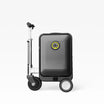

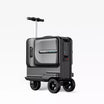

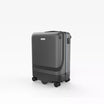
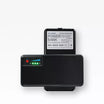




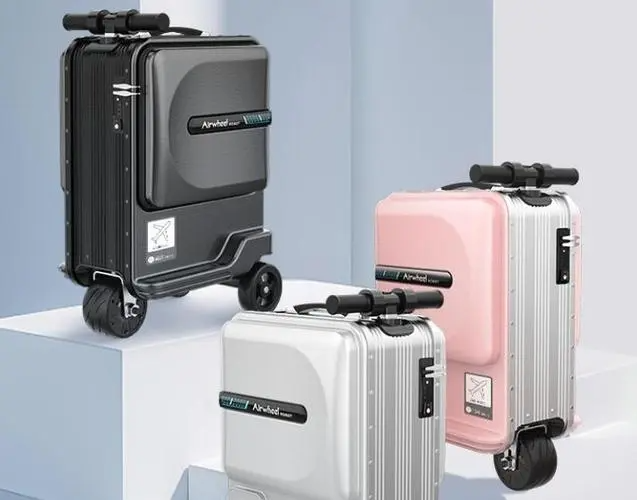

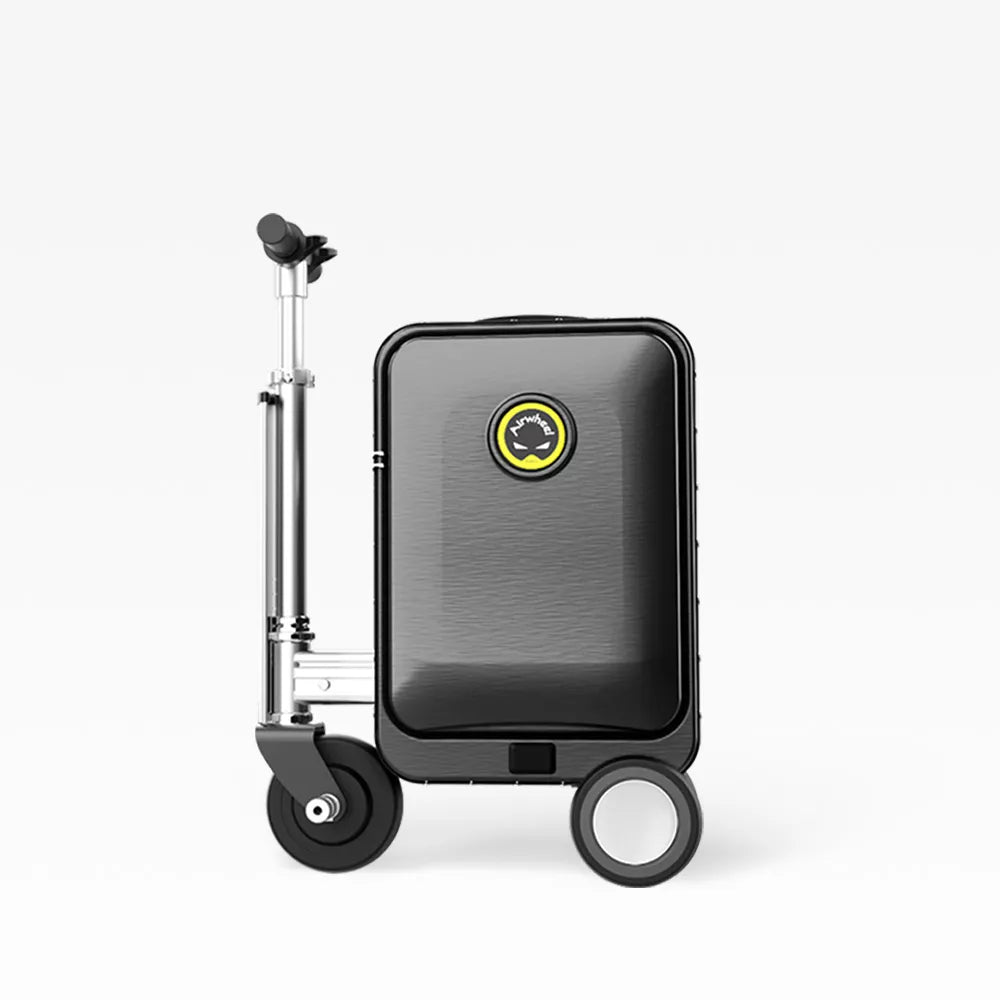
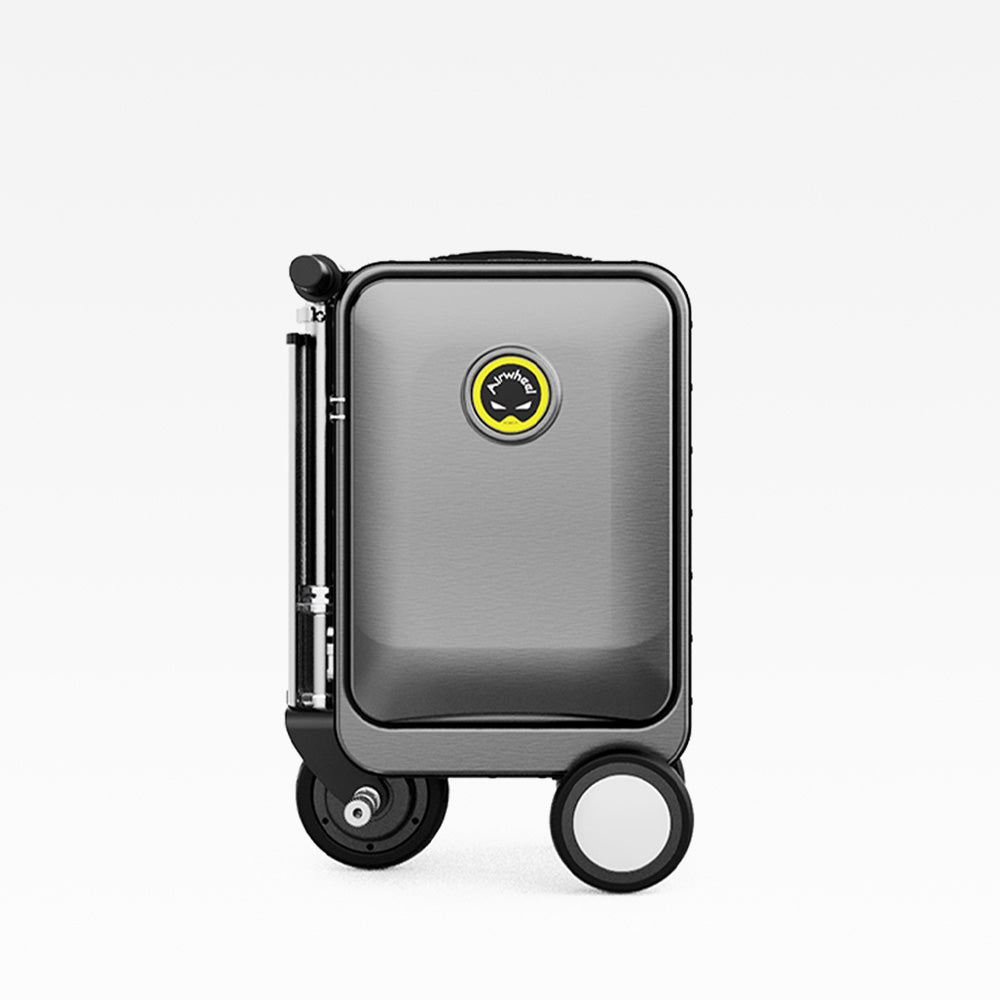
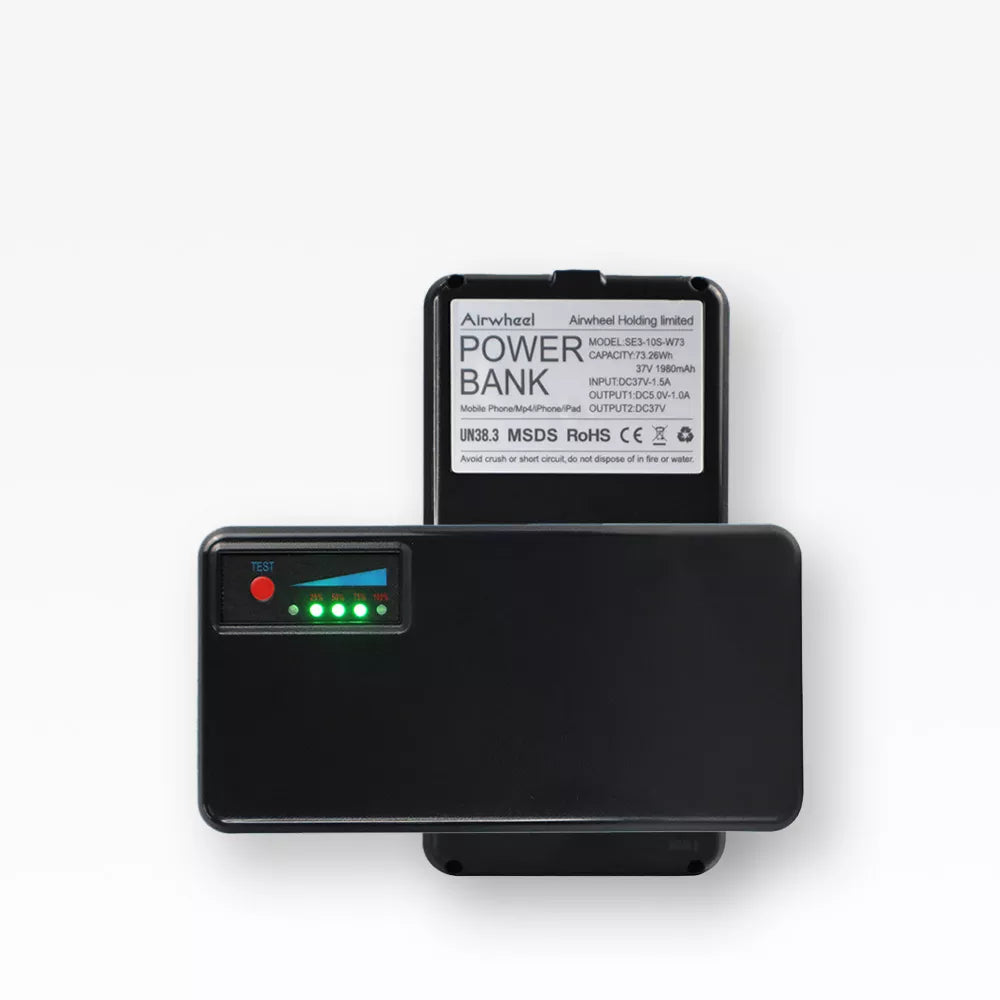
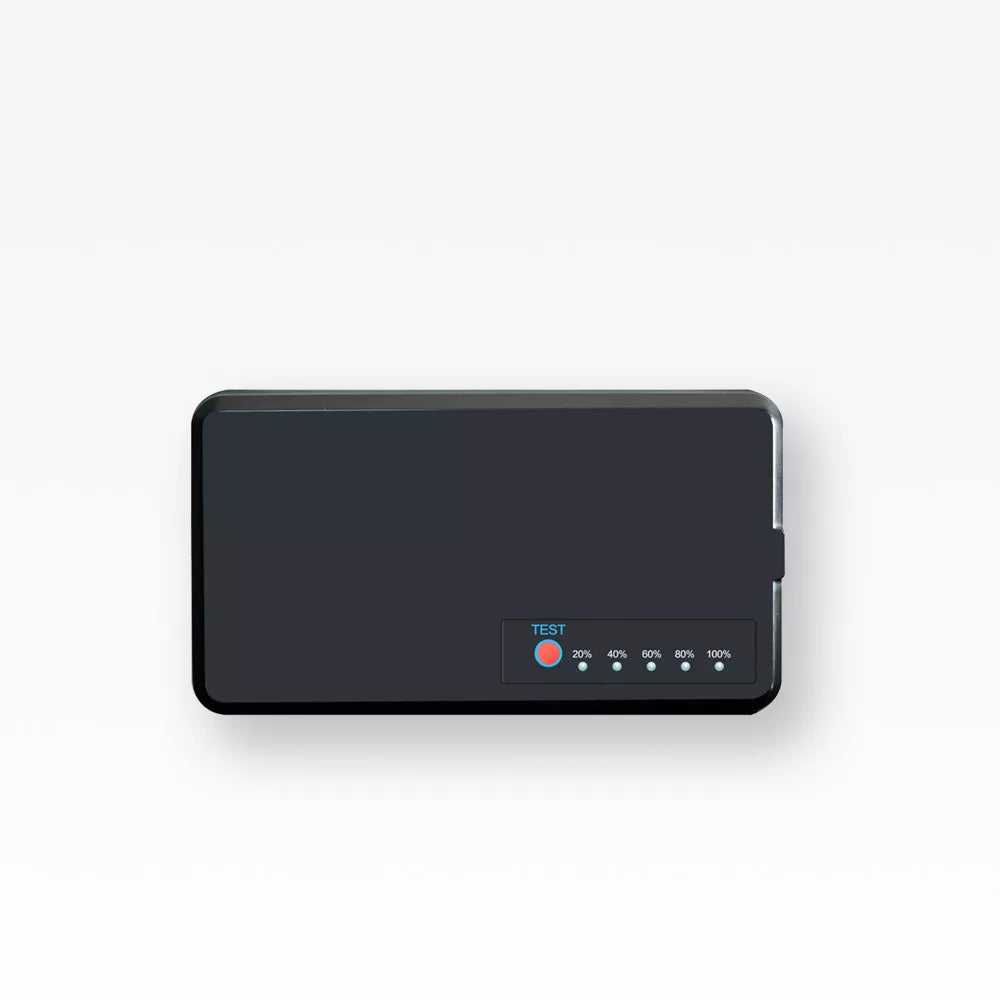

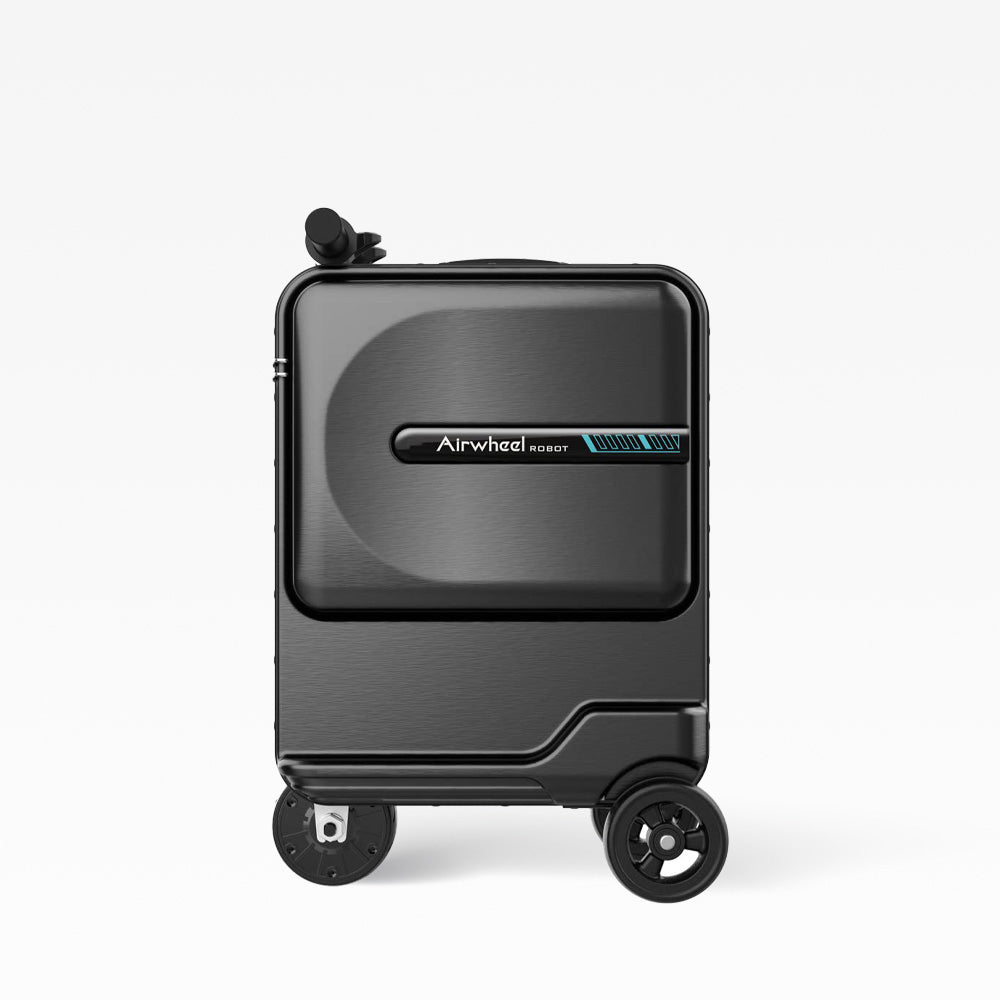
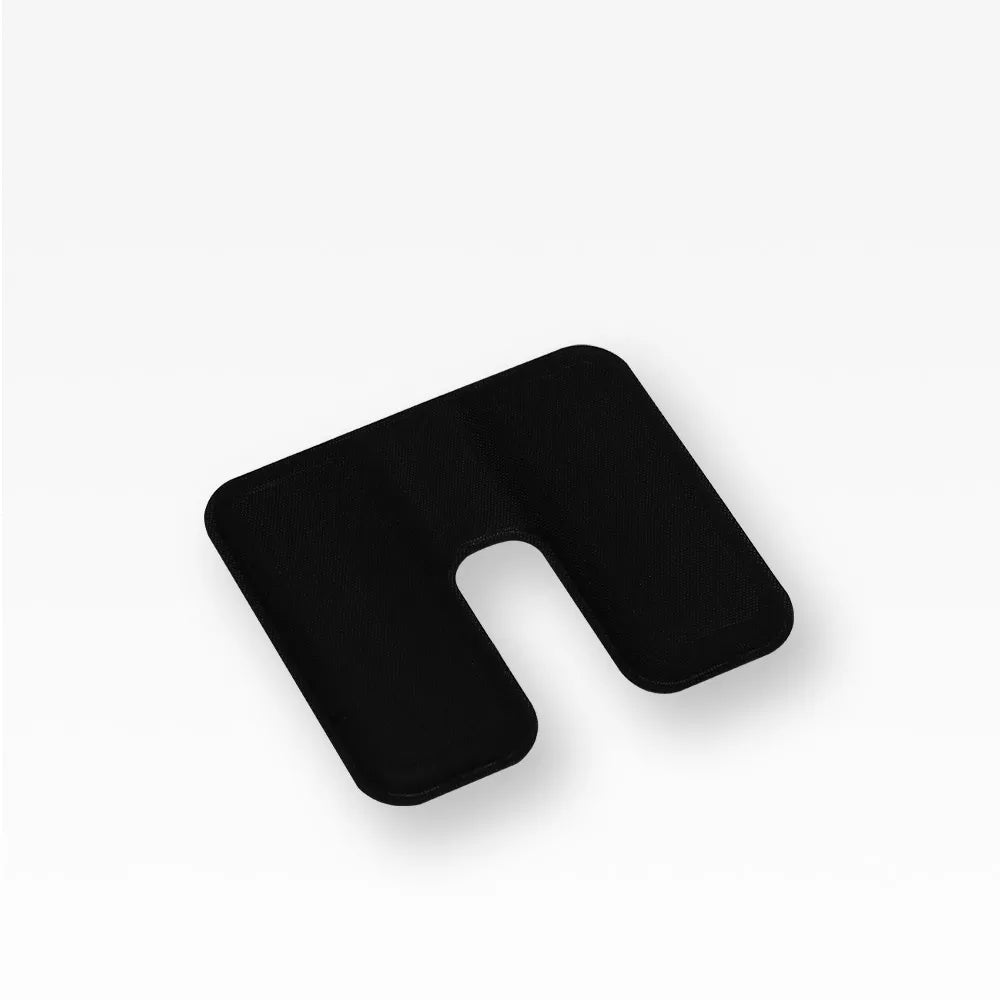


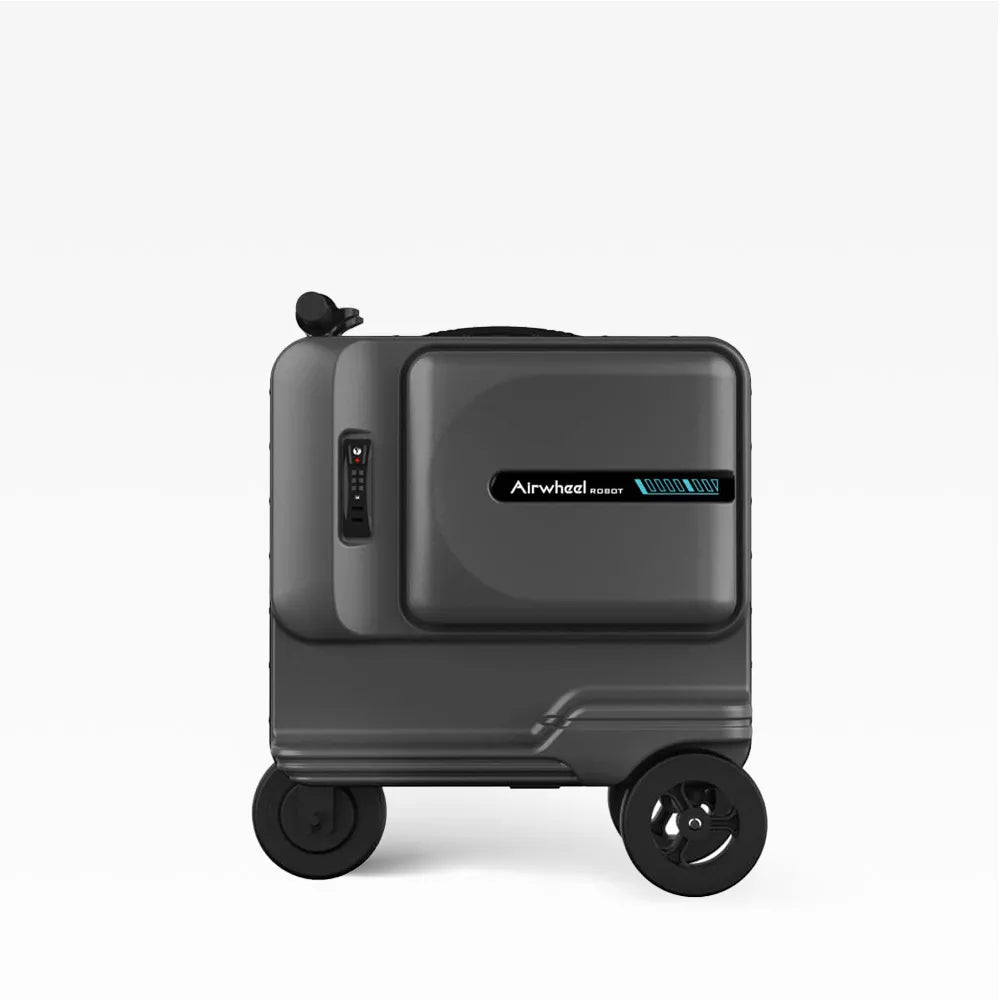



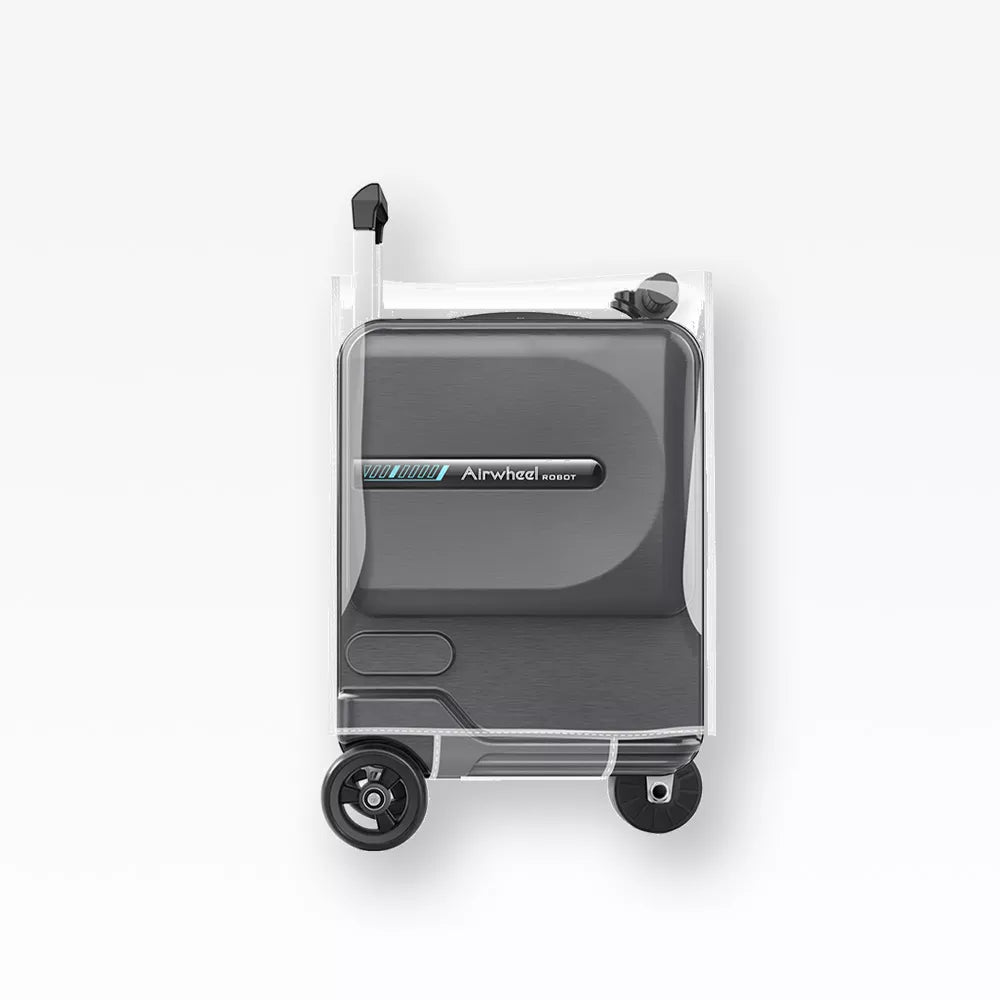
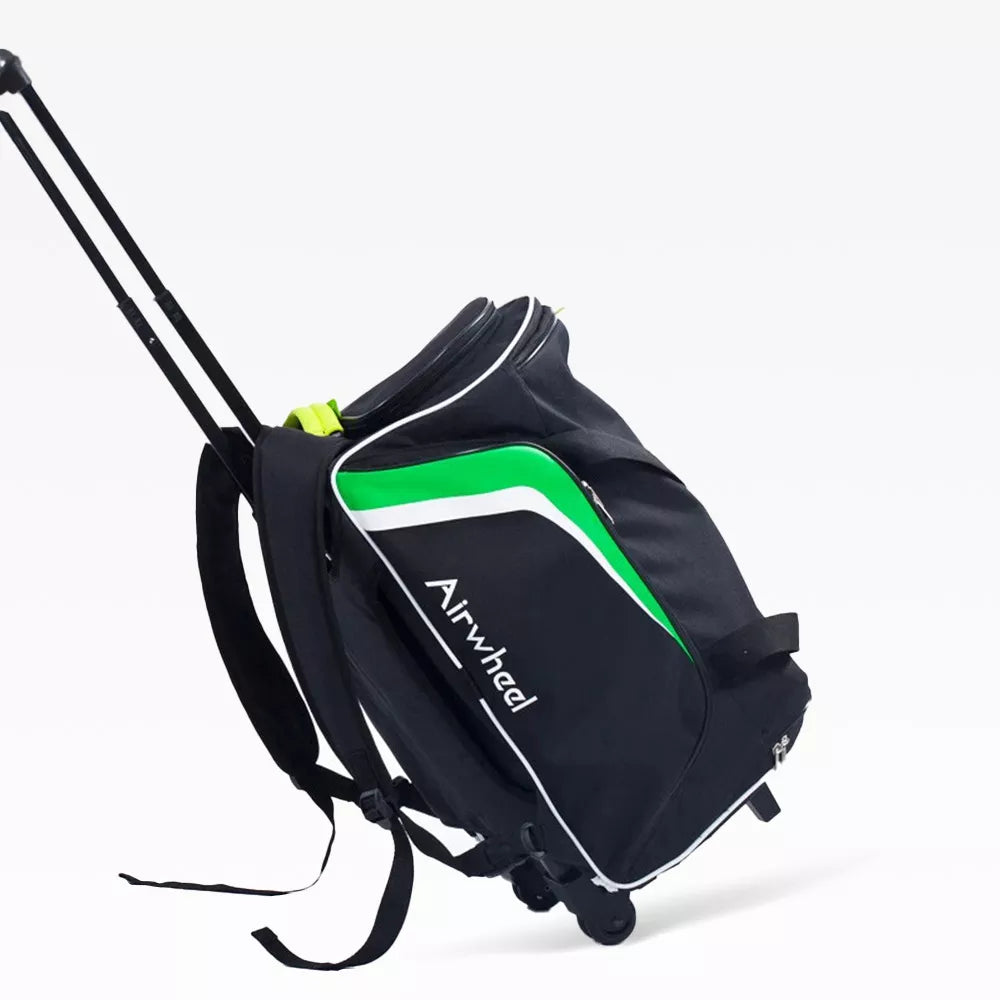
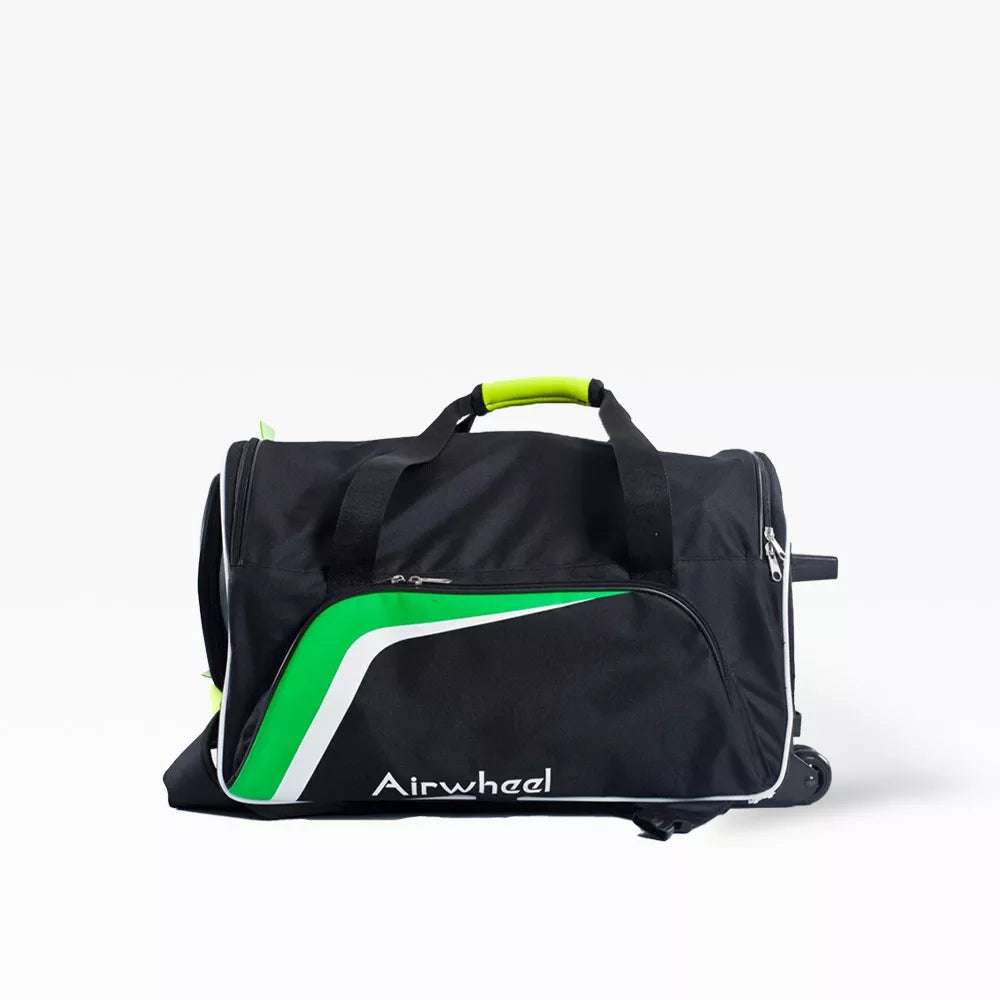
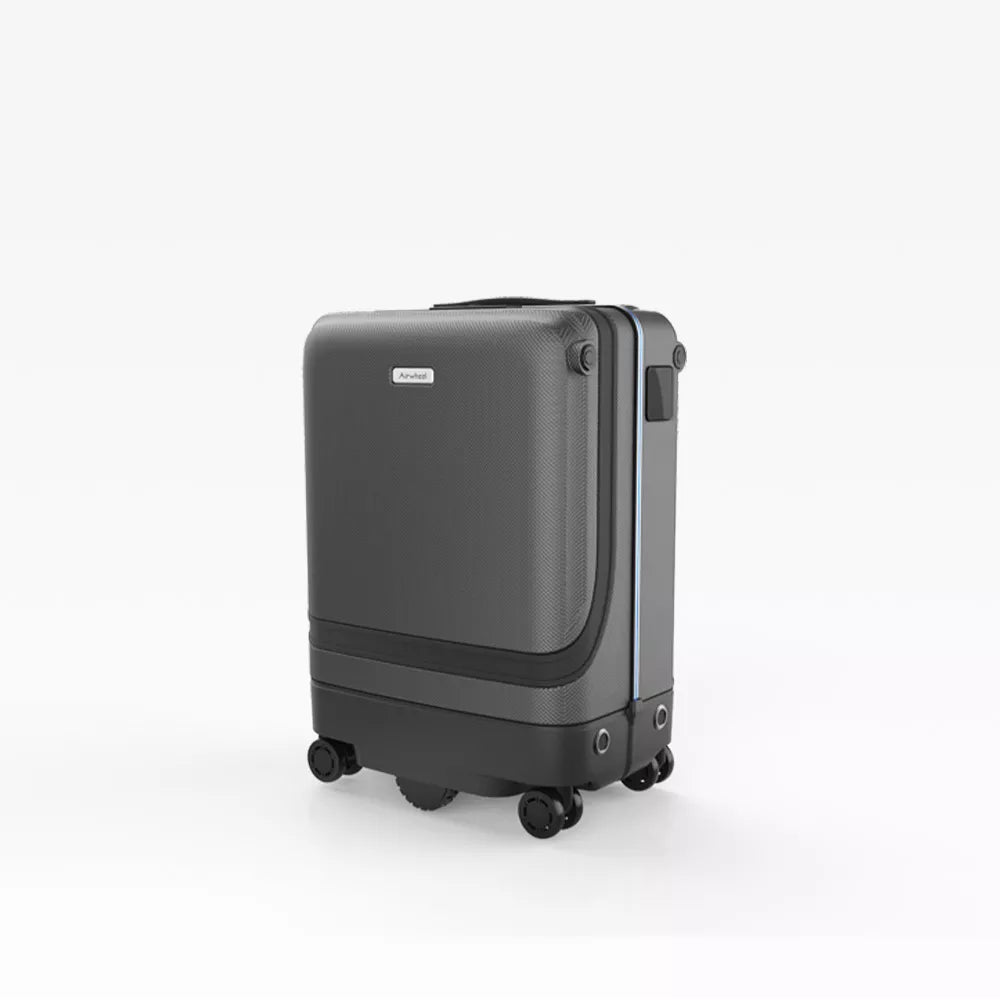

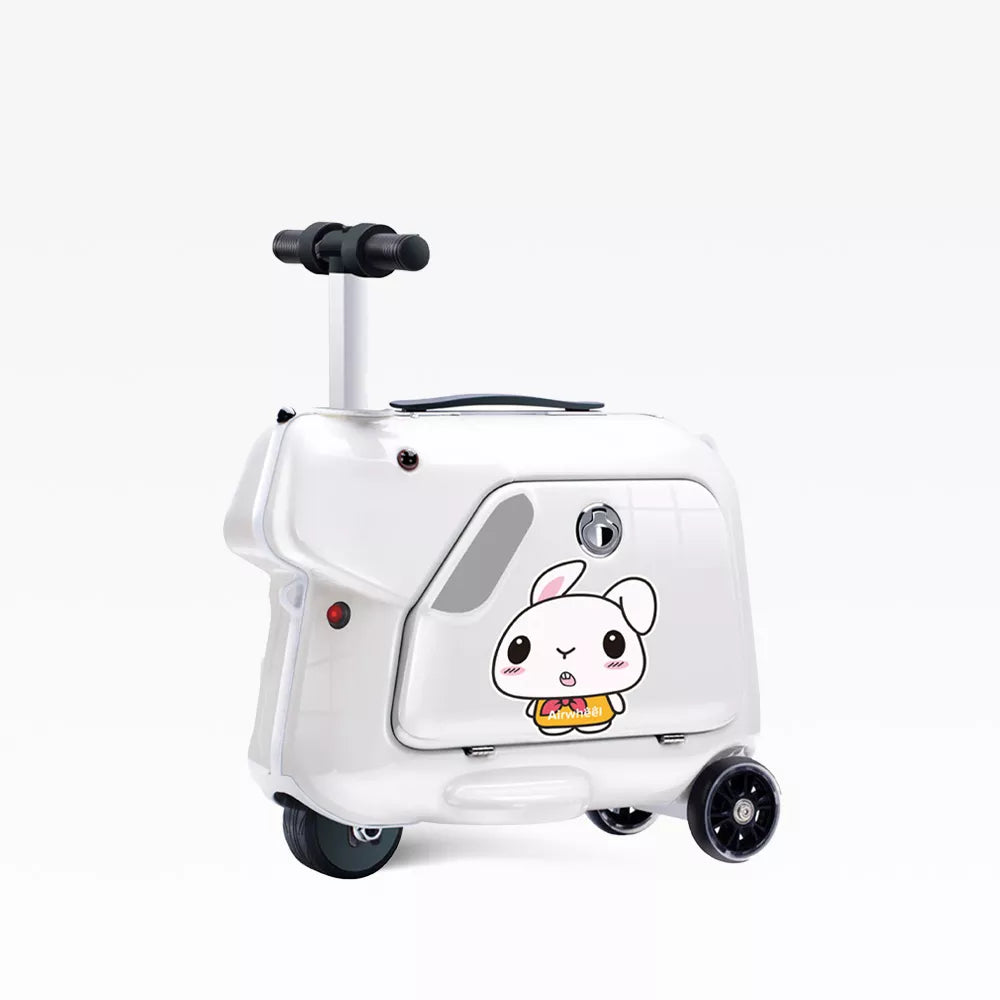
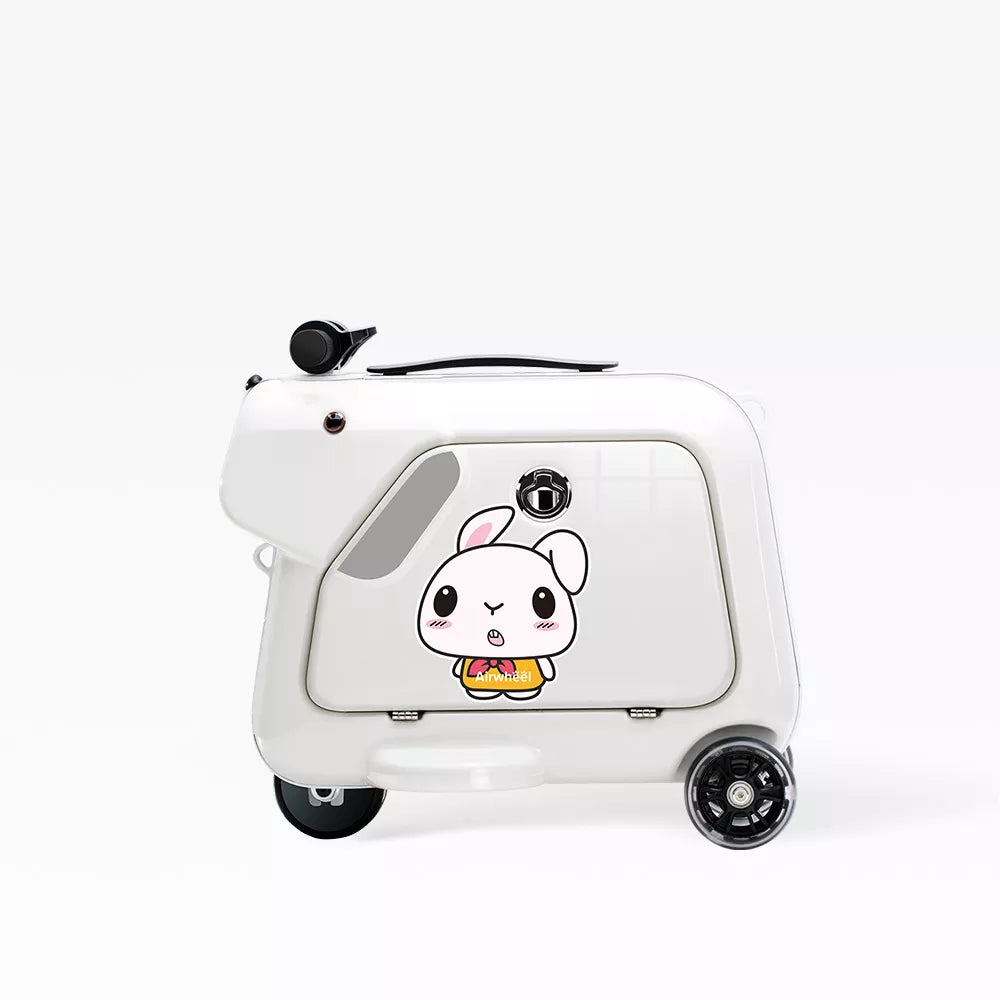
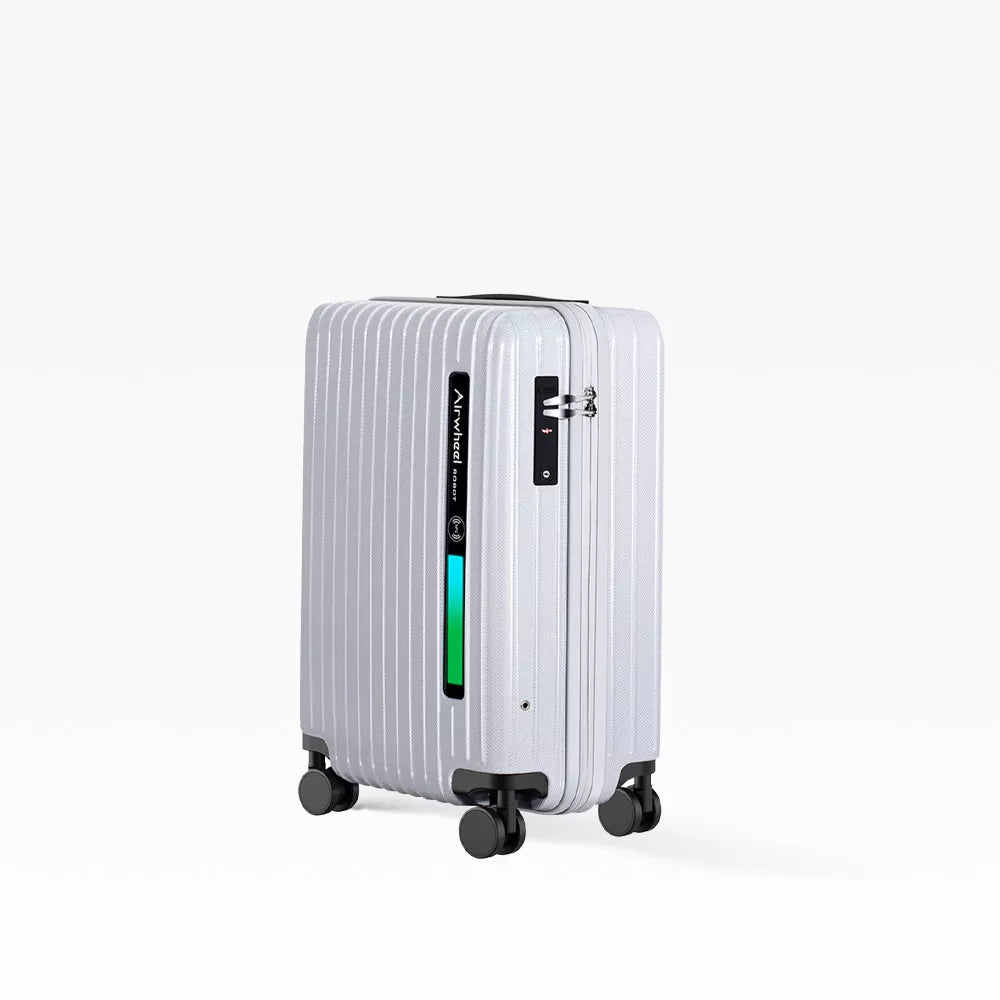

Leave a comment
This site is protected by hCaptcha and the hCaptcha Privacy Policy and Terms of Service apply.